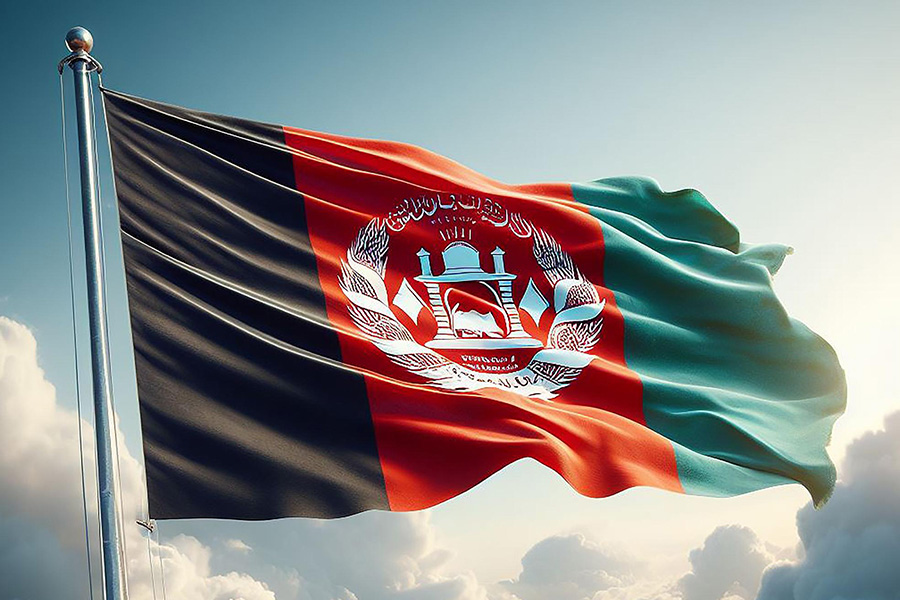
This article disaggregates the idea of ‘Taliban 2.0’, arguing that subtle differences notwithstanding the Taliban is an ideological movement which demonstrates a remarkable contiguity in showing fidelity to their hardline ideology manifested in their attitudes towards women, deployment of violence and links with transnational actors.
Author
Raghav Sharma, Associate Professor and Director, Centre for Afghanistan Studies, Jindal School of International Affairs, O.P Jindal Global University, Sonipat, Haryana, India.
Summary
Politically astute and organisationally deft the Taliban forged ‘antagonistic cooperation’ with key regional players who courted the movement vigorously as it sought to reinvent itself as ‘Taliban 2.0’. However, two years into the rule of ‘Taliban 2.0’, the chasm between rhetoric and reality has widened.
This article disaggregates the idea of ‘Taliban 2.0’, arguing that subtle differences notwithstanding the Taliban is an ideological movement which demonstrates a remarkable contiguity in showing fidelity to their hardline ideology manifested in their attitudes towards women, deployment of violence and links with transnational actors.
Domestic political actors too stuttered in responding to the Taliban’s momentum amid a dramatically reconfigured geo-political landscape, a glaring power asymmetry, factionalism within opposition ranks and the rise of new actors like the Daesh which attempted to fill the void.
Published in: India Quarterly: A Journal of International Affairs
To read the full article, please click here.

